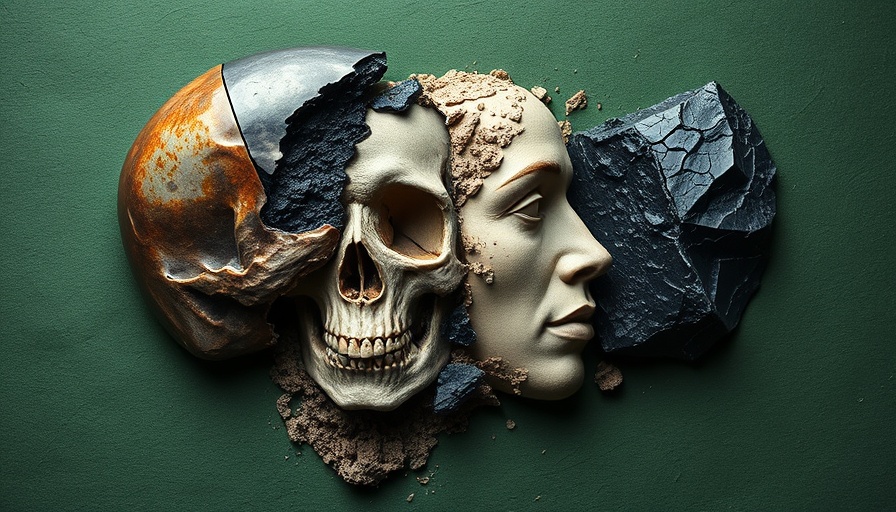
How Volcanic Eruption Transformed a Brain into Glass
The astonishing discovery of a human brain transformed into glass amidst the ash of Mount Vesuvius in 79 CE delves deeper into the complex processes of preservation under extreme conditions. A set of black, shiny fragments retrieved from the skull of a young man are believed to be remnants of his brain, showcasing an unusual phenomenon not seen before in archaeology.
Understanding the Transformation
Analyzing the glassy remains required an investigation into how such a sensitive tissue could withstand conditions that would typically obliterate it. The results showed that temperatures exceeded 500 °C (932 °F), followed by a rapid cooling phase. Unlike conventional obsidian glass formed from volcanic material, these pieces are notably fragile and crumbly, suggesting a unique interaction between the intense heat of the ash cloud and the biological material.
The Archaeological Importance of Herculaneum
While Vesuvius is often associated with Pompeii, Herculaneum offers crucial insights, demonstrating how ancient populations lived and died. The burial of Herculaneum preserved innumerable artifacts and human remains under volcanic material, turning this city into a treasure trove for archaeologists. The recent findings about the glassy brain not only highlight the extreme conditions of the eruption but also emphasize the richness of Herculaneum’s archaeological relevance.
Scientific Reactions and Theories
Expert reactions have reflected the excitement surrounding this discovery. Matteo Borrini, a forensic anthropologist, noted that this finding enriches the understanding of brain preservation and the impact of heat. Researchers Giordano and Petrone have proposed that the skull’s protective role in preserving the brain helped minimize direct exposure to extreme temperatures, which eventually led to the vitrification of the brain tissue.
What This Means for Future Research
This groundbreaking research offers a pathway for understanding the effects of extreme environmental conditions on biological materials. It opens doors to exploring how heat and pressure can lead to unique preservational phenomena, inspiring further investigations into other archaeological finds. Additionally, it raises the question of replicating these conditions on modern tissue samples to study the effects of extreme thermal environments.
As scientists continue to analyze these fragments, the story of the young man’s brain serves as a MacGuffin of sorts, encapsulating themes of mortality, preservation, and the sometimes surreal outcomes of natural disasters. The knowledge extracted from this find is poised to enrich both historical understanding and scientific inquiry.
In an era where technology intersects seamlessly with history, the findings from Herculaneum remind us of nature's overpowering influence on even the most intricate biological structures and the stories they carry with them.
 Add Row
Add Row  Add
Add 


Write A Comment